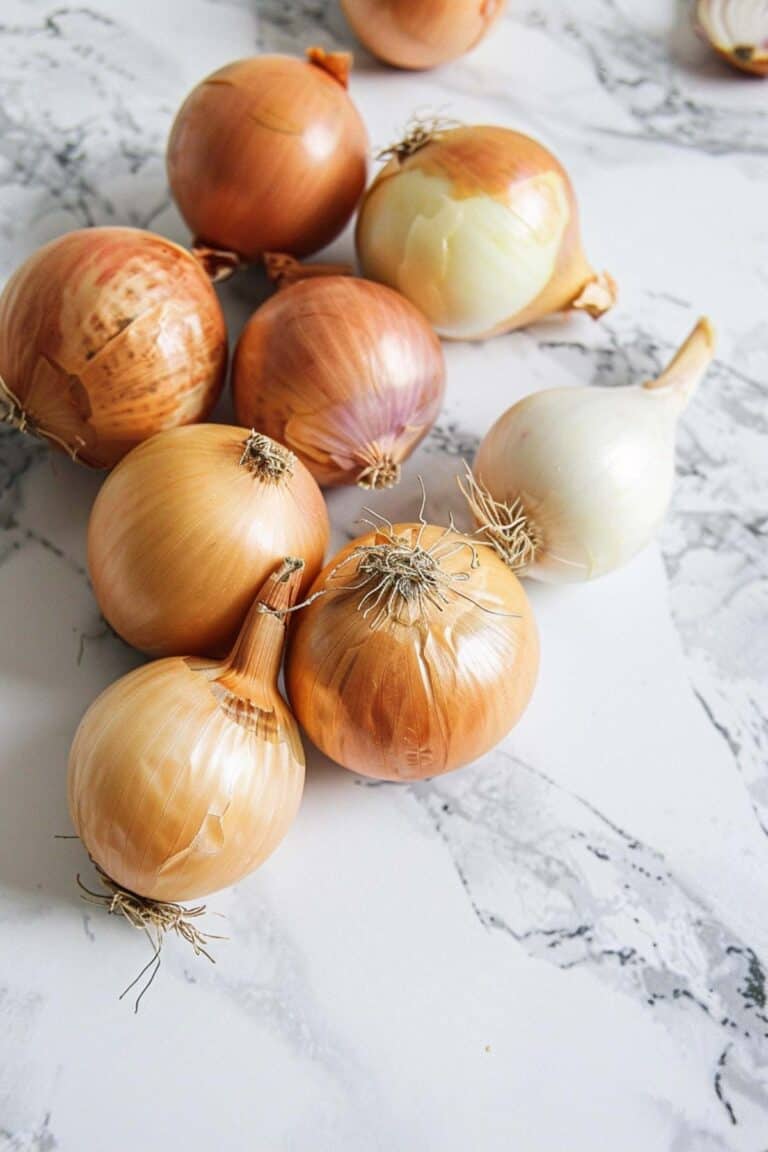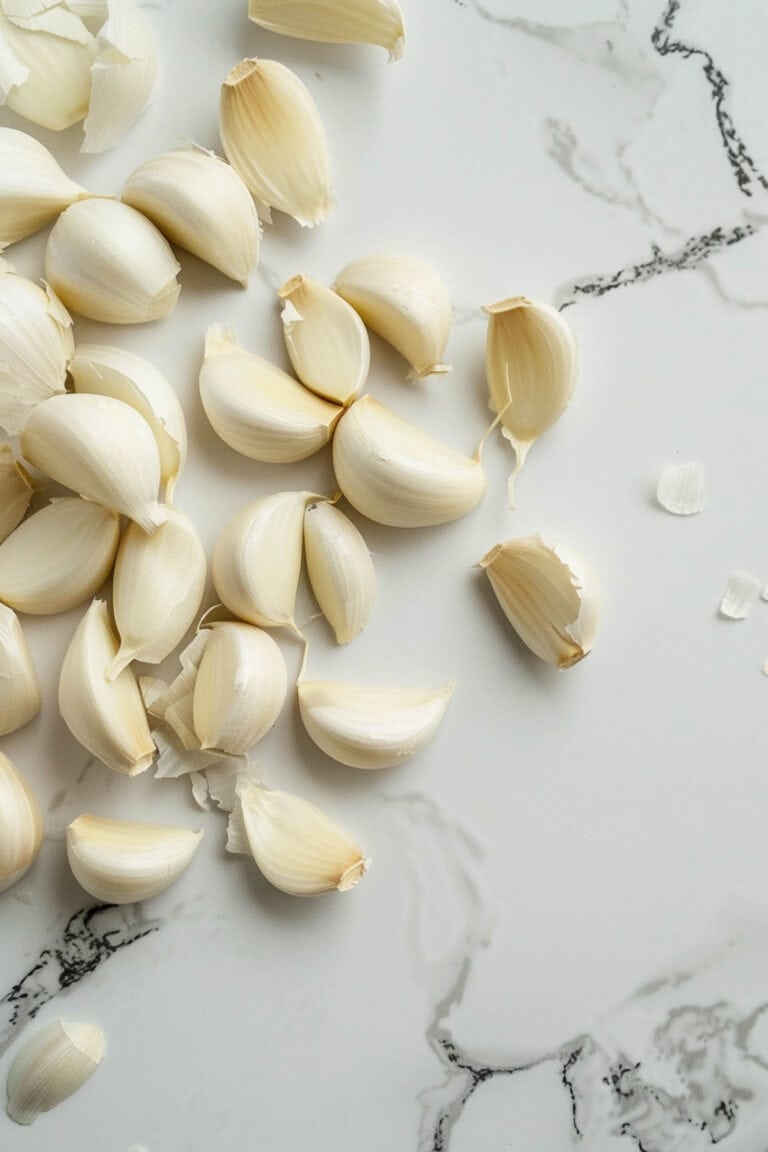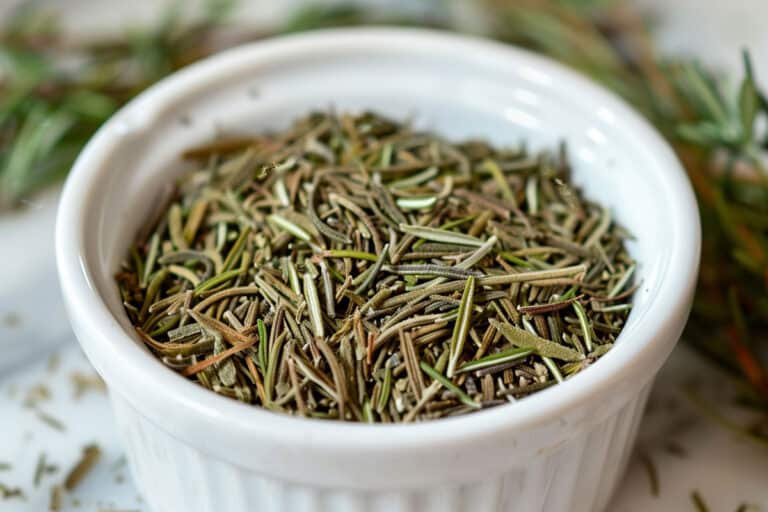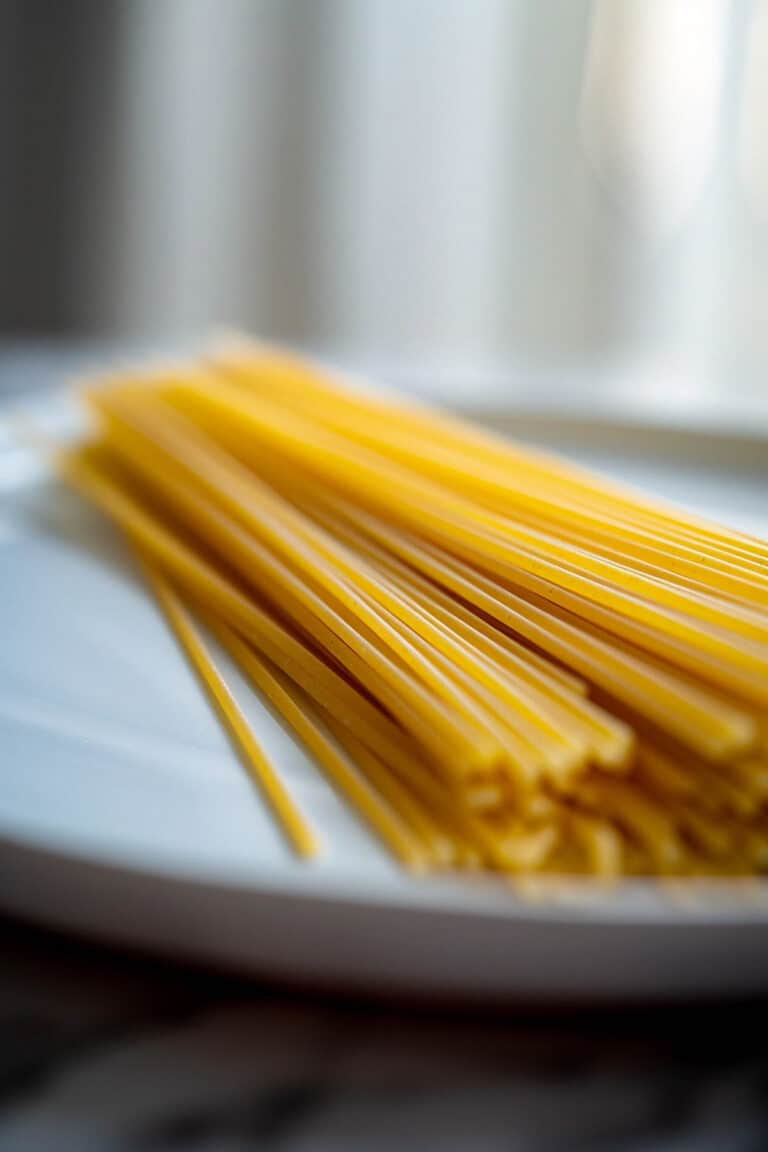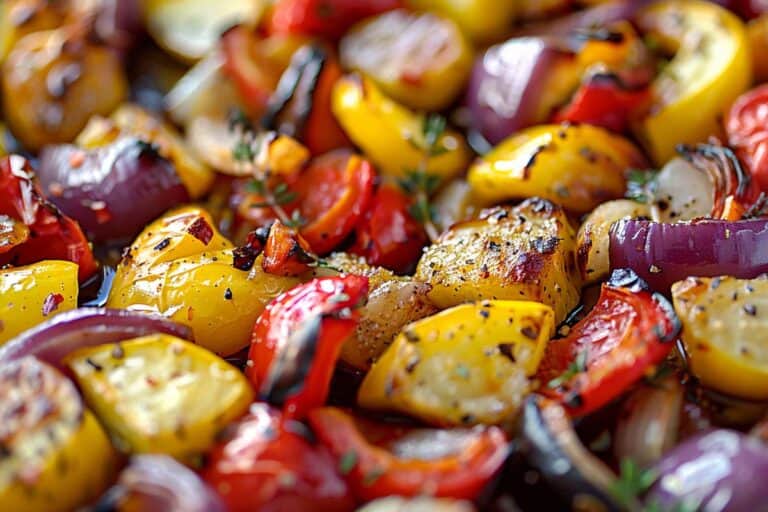Creative Uses for Overripe Fruits and Vegetables
Have you ever found yourself tossing out that mushy banana or those wilted greens? It’s time to rethink the way we approach overripe fruits and vegetables. Did you know that they can still be put to good use, even when they’re past their prime?
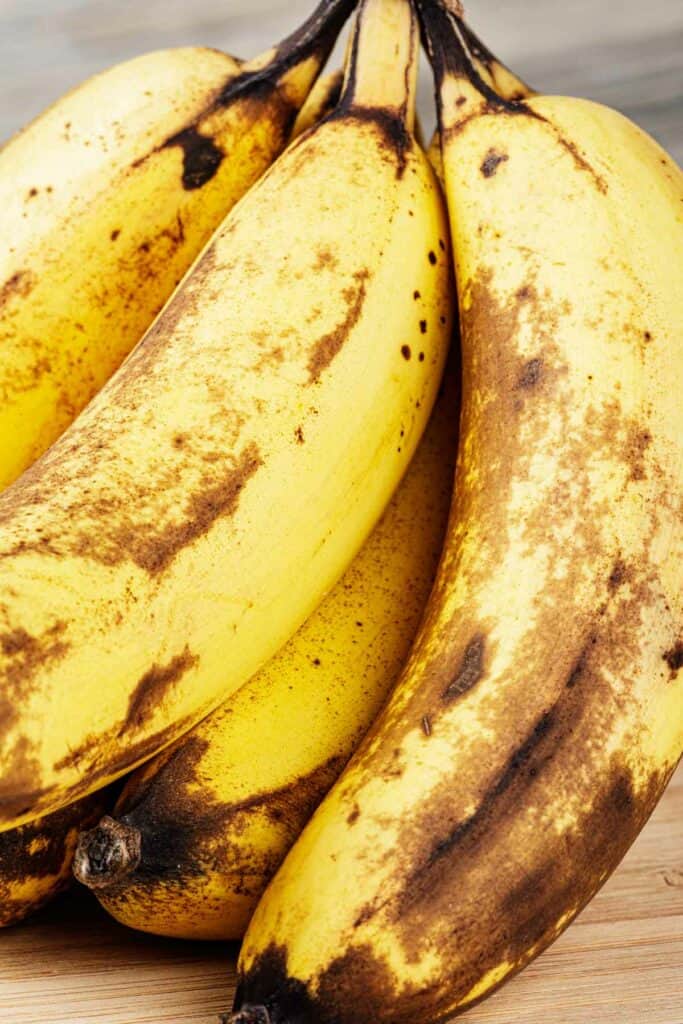
Reducing food waste is not only good for the environment but also for your wallet. By repurposing overripe produce, you can make the most out of what you have and contribute to a more sustainable food system. But what exactly can you do with those overripe fruits and vegetables?
From transforming overripe bananas into delectable bread and muffins to using wilted tomatoes to whip up a homemade pasta sauce, there are countless creative ways you can breathe new life into your overripe produce. By doing so, you not only minimize waste but also open up a world of delicious and sustainable options.
Curious to find out more?
Key Takeaways:
- Overripe fruits and vegetables can be repurposed instead of being thrown away, reducing food waste.
- Creative uses for overripe produce include making banana bread, jams, sauces, and even homemade beauty products.
- Composting with overripe produce can create nutrient-rich soil for your garden or potted plants.
- Proper storage techniques can help prevent fruits and vegetables from becoming overripe in the first place.
- Sustainable cooking allows you to incorporate leftover produce into delicious meals, minimizing waste and making more sustainable food choices.
Now you have the knowledge and inspiration to turn those overripe fruits and vegetables into something amazing. So, what are you waiting for? Let’s get creative and make the most out of what we have!

Recipes for Overripe Fruits and Vegetables
When it comes to overripe fruits and vegetables, there are plenty of recipes you can try to bring new life to these ingredients. By giving them a second chance, you not only reduce food waste but also get to enjoy delicious and inventive dishes. Here are some mouthwatering recipes that make the most out of your overripe produce.
Banana Madness
Overripe bananas are perfect for adding natural sweetness and moisture to various baked goods. Give these easy recipes a try:
1. Banana Bread: Transform those soft, speckled bananas into a moist and flavorful loaf of banana bread.
2. Banana Muffins: Whip up a batch of fluffy muffins filled with chunks of overripe banana for a delightful breakfast or snack.
3. Banana Pancakes: Upgrade your morning routine with fluffy pancakes infused with the rich taste of ripe bananas.
PLACE THE PANCAKES, PASTA SAUCE, AND NECTARINE JAM PHOTOS HERE.



Jams, Jellies, and More
Overripe stone fruits like peaches and nectarines are bursting with flavor, making them ideal for preserving. Try the following recipes:
1. Homemade Jam: Cook down overripe peaches or nectarines with sugar and lemon juice to create a deliciously sweet and spreadable jam.
2. Nectarine Chutney: Combine overripe nectarines with spices, vinegar, and sugar to make a tangy and flavorful chutney that pairs perfectly with grilled meats or cheese.
Tasty Tomato Creations
Overripe tomatoes are fantastic for making vibrant sauces and condiments. Here are some ideas:
1. Pasta Sauce: Simmer overripe tomatoes with garlic, herbs, and olive oil to create a rich and flavorful pasta sauce.
2. Homemade Ketchup: Blend overripe tomatoes with vinegar, sugar, and spices for a healthier and tastier version of your favorite condiment.


Beauty in the Kitchen
Did you know that overripe fruits can also be used to create homemade beauty products? Try these refreshing and nourishing recipes:
1. Strawberry Face Mask: Mash overripe strawberries and mix with honey and yogurt to create a revitalizing face mask that brightens and moisturizes the skin.
2. Raspberry Body Scrub: Blend overripe raspberries with sugar and coconut oil for a gentle exfoliating scrub that leaves your skin feeling soft and supple.

These recipe ideas are just a starting point, and the possibilities are truly endless when it comes to using overripe fruits and vegetables in your dishes. Get creative, experiment, and enjoy the delicious results while reducing food waste at the same time.
Composting with Overripe Produce
If you have overripe fruits and vegetables that are beyond salvaging, one of the best ways to reduce waste is by composting them. Composting is the process of breaking down organic materials into nutrient-rich soil. By composting your overripe produce, you can create your own natural fertilizer for your garden or potted plants. Not only does composting divert waste from landfills, but it also benefits the environment by reducing the need for chemical fertilizers.

Composting is a simple and sustainable practice that anyone can do. Start by setting up a compost bin in your backyard or even in a small apartment balcony. You can purchase a compost bin from garden supply stores or make your own using materials like wooden pallets or wire mesh. Once you have your bin, you can start composting your overripe fruits and vegetables along with other organic matter like coffee grounds, eggshells, and yard trimmings.
Remember to follow the basic principles of composting to create a healthy compost pile. This includes maintaining a balance between “green” (nitrogen-rich) and “brown” (carbon-rich) materials, keeping the pile moist but not soggy, and turning the compost regularly to promote decomposition. Over time, the organic matter will break down, transforming into nutrient-rich soil that you can use to enrich your garden beds or potted plants.
Diy Fruit and Vegetable Storage Solutions
In addition to composting, another way to prevent your fruits and vegetables from becoming overripe is by implementing DIY fruit and vegetable storage solutions. Proper storage can help extend the shelf life of your produce and reduce the chances of it going to waste.

Here are some tips for effective fruit and vegetable storage:
- Store fruits and vegetables separately: Many fruits release ethylene gas, which can accelerate the ripening process of nearby produce. To prevent this, store fruits away from vegetables.
- Use breathable bags or containers: Avoid storing produce in airtight bags or containers, as this can trap moisture and lead to spoilage. Instead, opt for breathable bags or containers that allow air circulation.
- Keep certain fruits and vegetables in the refrigerator: Some fruits and vegetables, like berries, leafy greens, and broccoli, benefit from refrigeration and last longer when kept cold.
- Store root vegetables in a cool, dark place: Root vegetables like potatoes, onions, and carrots should be stored in a cool, dark place such as a pantry or cellar to prevent sprouting or softening.



By implementing these DIY storage solutions, you can ensure that your fruits and vegetables stay fresh for longer and reduce the likelihood of them becoming overripe.
| Fruit | Recommended Storage Method |
|---|---|
| Berries | Refrigerate in a breathable container or bag |
| Leafy Greens | Refrigerate in a sealed bag or container with a damp paper towel |
| Tomatoes | Store at room temperature away from direct sunlight |
| Apples | Store in the refrigerator away from other produce |
By composting with overripe produce and implementing DIY fruit and vegetable storage solutions, you can make a significant impact in reducing food waste and living more sustainably. Not only will you be minimizing waste, but you’ll also be contributing to the health of the environment and maximizing the use of your fresh produce.

Sustainable Cooking with Leftover Produce
Don’t let your leftover produce go to waste. There are plenty of creative and sustainable ways to incorporate those extra fruits and vegetables into your meals. By utilizing leftovers, not only are you minimizing waste, but you’re also making more environmentally friendly food choices. Here are some ideas to inspire your sustainable cooking with leftover produce:
1. Stir-Fry with Leftover Vegetables
When you have a mix of leftover vegetables in your refrigerator, whip up a delicious stir-fry. Chop the vegetables into bite-sized pieces and sauté them with some garlic, ginger, and a splash of soy sauce. Serve it over a bed of rice or noodles for a quick and nutritious meal.

2. Hearty Soup with Leftover Vegetables
Another great way to use up leftover vegetables is by making a hearty soup. Whether it’s a vegetable soup, minestrone, or a comforting tomato-based soup, you can throw in any leftover vegetables you have on hand. Simmer them with some broth, herbs, and spices for a warming meal on a cold day.
3. Salads with Leftover Fruits
Leftover fruits can add a burst of flavor to your salads. Slice them up and toss them with some fresh greens, nuts, and a tangy vinaigrette. The combination of sweet and savory elements will create a refreshing and satisfying salad.



4. Smoothies with Leftover Fruits
If your fruits are starting to soften, blend them into a nutritious smoothie. Combine them with some yogurt or plant-based milk, ice, and your favorite mix-ins like spinach or chia seeds. It’s a great way to use up fruits while enjoying a delicious and healthy treat.
5. Dessert Toppings with Leftover Fruits
Add a touch of sweetness to your desserts by using leftover fruits as toppings. They can be baked into crisps, pies, or tarts, or simply served fresh on top of ice cream or yogurt. It’s a simple yet tasty way to transform your leftovers into a delightful finish to any meal.
By getting creative with your cooking and finding innovative ways to use up your leftover produce, you can contribute to a more sustainable food system while enjoying delicious meals. Don’t let anything go to waste – embrace sustainable cooking with leftover produce!



Conclusion
Repurposing overripe fruits and vegetables is a simple yet effective way to reduce food waste and embrace sustainable living. By getting creative with how you use these produce, you can make a meaningful impact on both the environment and your budget.
When you repurpose overripe fruits and vegetables, you not only prevent them from ending up in the trash, but you also contribute to a more sustainable food system. Instead of wasting perfectly good produce, you can find innovative ways to give them new life and create delicious dishes or useful products.
Whether it’s using overripe bananas for homemade bread, turning overripe tomatoes into pasta sauce, or composting your unused produce, every small step counts. By making the most out of overripe fruits and vegetables, you not only reduce food waste, but you also inspire others to do the same and promote sustainable living.

So the next time you find yourself with overripe produce, don’t toss it away. Instead, get creative and repurpose it in a way that aligns with your interests and needs. With a little imagination, you can turn what could have been wasted into something beneficial for yourself and the environment.
FAQ
What are some creative uses for overripe fruits and vegetables?
There are plenty of creative uses for overripe fruits and vegetables. You can make banana bread, muffins, or pancakes with overripe bananas. Overripe peaches or nectarines can be used to make jams or jellies. Overripe tomatoes can be turned into pasta sauce or used as a base for homemade ketchup. Overripe fruits like strawberries and raspberries can be used to make smoothies, jams, or homemade beauty products like face masks or scrubs.
How can I reduce food waste by repurposing overripe produce?
Repurposing overripe produce is a great way to reduce food waste. Instead of throwing them away, you can compost overripe fruits and vegetables to create nutrient-rich soil for your garden. You can also find creative ways to use leftover produce in your meals, such as making stir-fries, soups, salads, smoothies, or using them as toppings for desserts. By repurposing overripe produce, you can make the most out of what you have and minimize waste.
Can I compost overripe fruits and vegetables?
Yes, you can compost overripe fruits and vegetables. Composting is the process of breaking down organic materials into nutrient-rich soil. By composting your overripe produce, you can create your own natural fertilizer for your garden or potted plants. Composting is a sustainable way to reduce food waste and contribute to a more eco-friendly lifestyle.
How can I prevent my fruits and vegetables from becoming overripe?
To prevent your fruits and vegetables from becoming overripe, you can try DIY fruit and vegetable storage solutions. Storing produce properly can help extend its shelf life and reduce the chances of it going to waste. Some tips for proper storage include keeping fruits and vegetables separate, storing them in a cool and dry place, and using airtight containers or bags.
How can I practice sustainable cooking with leftover produce?
Sustainable cooking with leftover produce involves finding creative ways to incorporate them into your meals. You can use leftover vegetables to make stir-fries or hearty soups. Leftover fruits can be used in salads, smoothies, or as toppings for desserts. By getting creative with your cooking and using up leftover produce, you can minimize waste and make more sustainable food choices.

